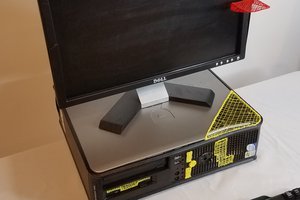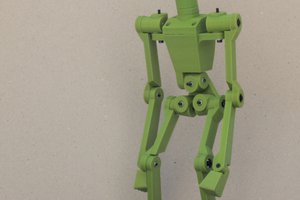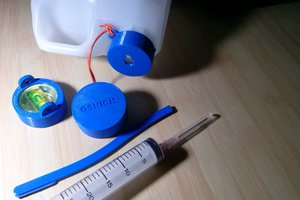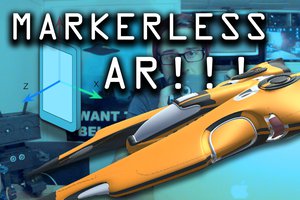In this project I designed a smart bathroom scale, using some 3D printing, an ESP8266, IFTTT and Adafruit.IO. You can use this tutorial to practice several skills: 3d printing and laser cutting skills, soldering, electronics, programming, etc.
On the next steps I'll show you how I 3D printed it, wired the circuits, and made the code. In the end of this tutorial you'll be ready to measure your weight and log it online!
Some of the knowledges used here were based on Becky Stern awesome Internet of Things Class. It's highly recommended!
Liked that project? Please consider supporting my future projects with a small Bitcoin donation! :D BTC Deposit Address: 1FiWFYSjRaL7sLdr5wr6h86QkMA6pQxkXJ
 igorfonseca83
igorfonseca83
 Ali
Ali
 ap-tech
ap-tech
 ProgressTH
ProgressTH
 matthewhallberg
matthewhallberg